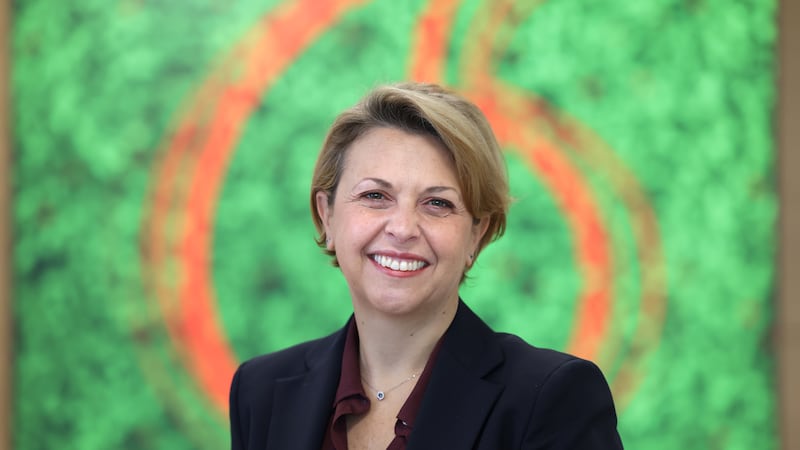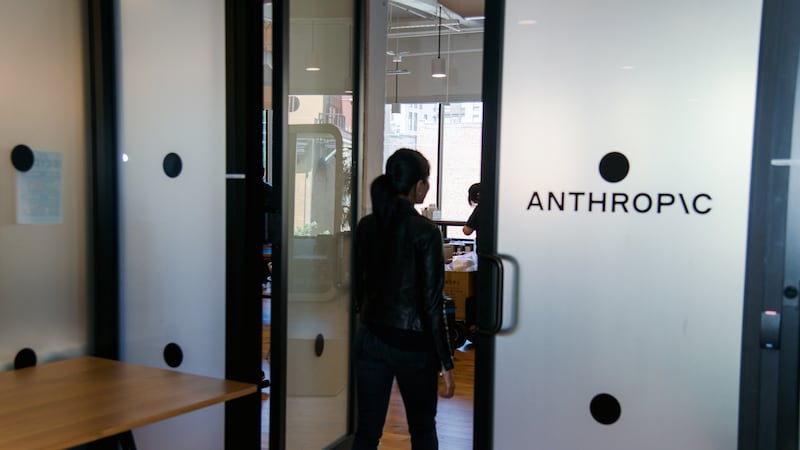Smart bins with sensors and wireless links that remotely alert cleaners when they are full are among the devices on show at the Spanish city where the Mobile World Congress starts today.
Manel Sanroma, a math professor who became Barcelona's chief information officer in 2011, is rolling out apps that offer a real-world look at what the future holds for networks. The city also has a mobile-phone app that guides visitors to empty car parking spaces.
These new municipal customers may represent fresh growth for the continent's mobile carriers such as Vodafone and Orange, who have struggled with weak economies and price competition. Over the next five years, revenues from "machine- to-machine" services such as these will grow to reach $44.8 billion, according to a report last month by telecommunications research firm Ovum.
“It’s not about selling sensors, it’s going to be about creating data and insight,” said Nishant Shah, an analyst at Ovum.
Carriers will analyse the data that these connected devices produce, such as trash can being full, and pass that on to customers for a subscription charge. The city initiative may save Barcelona €3 billion in the next decade, Mr Sanroma says.
He is rolling out energy-saving measures such as electric vehicles and bikes and monitoring the electricity grid so that power produced goes further.
“We should start to build agreements and recommendations between cities and industries and also the world of academia so that we don’t reinvent the wheel in different parts of the world,” Mr Sanroma said in an interview.
Attendees at the congress, representing companies including AT&T and Telefonica, will also find quick-response code signs around the city to provide location-based information to anyone with a smartphone. There will be 8,000 such points by the end of the year.
The smart devices have been adapted elsewhere. In Helsinki, the city has put GPS trackers on snow plows. Initially used to keep track of the equipment, the trackers are now used by bikers or joggers to find clear roads.
Citizens can also send photos of broken street signs or potholes to the city via a web portal and get live updates on the repairs via the town’s website.
“Above all, these services are meant to ease the lives of citizens as well as travelers,” Kari Miskala, head of the ICT development team at the City of Helsinki, said by phone. “It naturally helps us too and reduces manual labour.”
In October, Paris said it planned to invest in 40 connected projects. Officials have already installed an interactive touchscreen map in the tourist area of the 9th Arrondissement shopping district and as many as 2,000 QR codes and NFC chips on urban furniture, like mail boxes, that can be scanned for opening hours and other information.
Cisco Systems has been one of the main drivers of the innovations in Barcelona, Mr Sanroma said. Chief executive John Chambers invited Mr Sanroma and other Barcelona officials to the chip company's headquarters in 2011, introducing pilots in the city and ultimately striking a deal for €400,000 for three years, he said. Barcelona's added to its contract since, reaching about €1 million over the course of the agreement, and plans to renew.
He declined to comment on how much the city plans to spend with Cisco under the new agreement.
“Everything in this world is going to become digitised and it will become connected much faster than you realise,” Mr Chambers said at a Goldman Sachs technology conference this month. “It will change health care, education. But to give you the numbers, it’s a $19 trillion profit market.” (Bloomberg)















